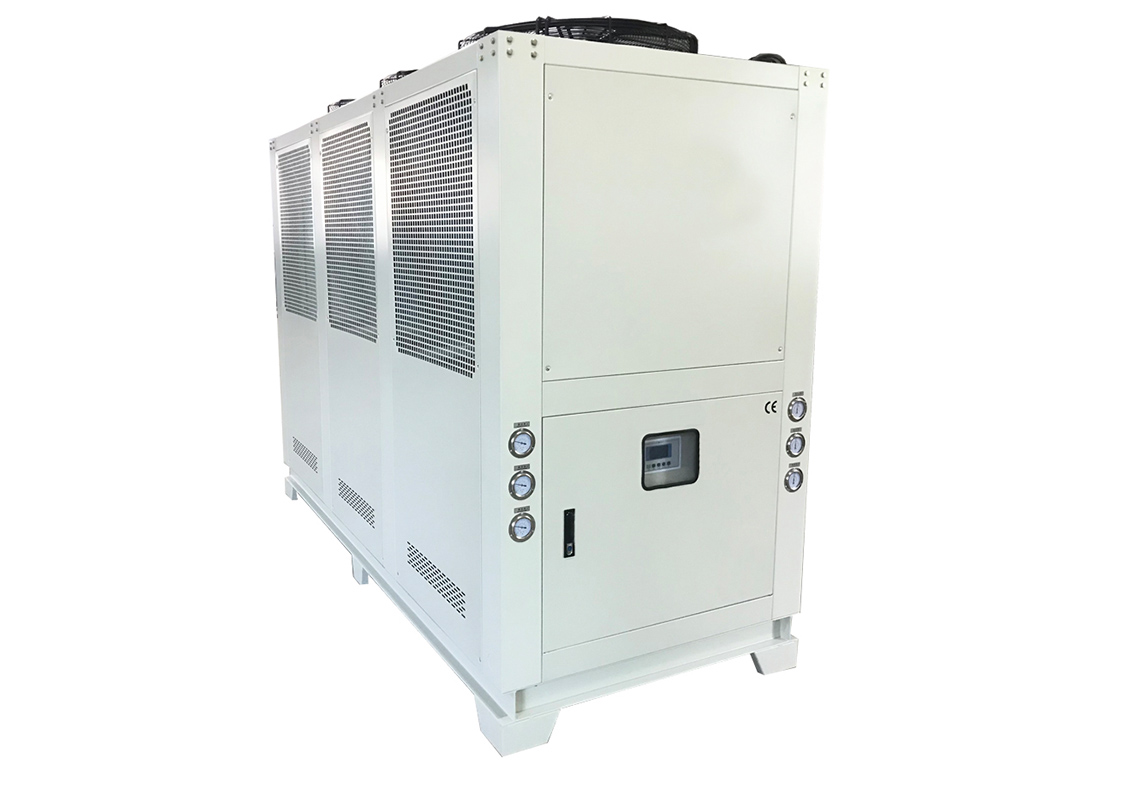Many companies use chillers, but they don't know how to choose them. When you chose a industrial chiller, we need to consider the working conditions, the installation, and the cost. Now we are talking about the cost for the air cooled chiller and water cooled chiller system.
The total cost for an air-cooled chiller system and a water-cooled chiller system can vary depending on several factors, including the capacity of the chiller, the complexity of the installation, and the specific requirements of the site. Here are some cost considerations for each type of chiller system:
Air-Cooled Chiller System:
Chiller Unit: The cost of the air-cooled chiller unit itself can vary based on the cooling capacity and efficiency rating. Higher-capacity or more energy-efficient units tend to have higher costs.
Installation: The cost of installing an air-cooled chiller system is often lower compared to water-cooled systems because there is no need for a cooling tower, water pumps, or associated water piping.
Electrical Requirements: Consider the electrical infrastructure needed to support the chiller unit, including electrical panels, wiring, and any necessary upgrades. This cost will depend on the site's existing electrical capacity.
Maintenance: Factor in ongoing maintenance costs for the chiller, such as regular inspections, filter replacement, and cleaning of the unit's condenser coils.

Water-Cooled Chiller System:
Chiller Unit: Water-cooled chiller units typically have a higher initial cost compared to air-cooled units, primarily due to the additional components required, like a cooling tower, water pumps, and water piping.
Cooling Tower: Consider the cost of the cooling tower, which is used to dissipate heat from the chiller system. The size and complexity of the cooling tower will impact the cost.
Water Pumps and Piping: Factor in the cost of water pumps and associated piping to circulate water between the chiller, cooling tower, and other components.
Chilled Water System: If the site doesn't have an existing chilled water system, additional costs may be incurred to install distribution piping and terminal units (such as air handling units or fan coil units) for delivering chilled water to the desired areas.
Water Treatment: Water-cooled systems typically require water treatment to prevent scale, corrosion, and biological growth. Consider the cost of water treatment equipment and ongoing maintenance.

In short, when choosing an air-cooled chiller and a water-cooled chiller, we need to consider comprehensively. We can contact the chiller manufacturer. They have professional refrigeration engineers who can provide professional advice for our industrial cooling water system. We choose the right chiller system.
评论
发表评论